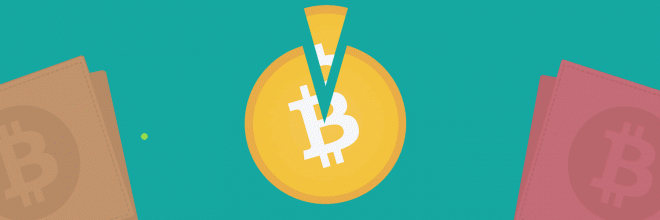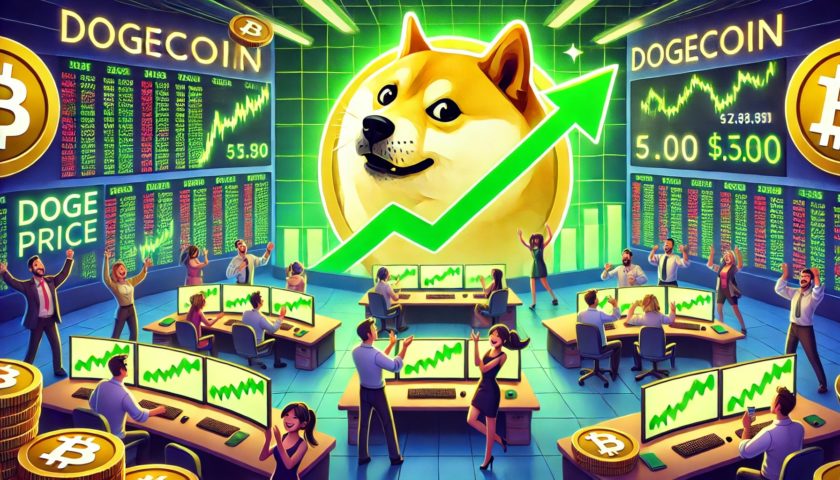Cryptocurrency exchange Seed CX has cut its fees to gain market share as competition piles into the crypto trading space.
Margin compression across the industry is the result of the most popular exchange services become commoditized as crypto usage proliferates.
Fees for takers is down to five basis points from eight bps on the Seed Digital Commodities Market, while makers, who previously traded on the exchange for free, receive one bp rebate.
In an interview, Seed CX co-founder Edward Woodford told CoinDesk that the fee cuts came on the heels of a record $20 million daily trading volume recorded last week, beating out top players Bittrex and Gemini in the league table.
“The new fees will allow us to compete with the deals that the bigger exchanges are making with some of our biggest clients,” he said. “Fees are compressed over the past few months.”
Launched in January, Seed CX provides institutional investors with execution and settlement services. Beside the spot market, the company is also active in the crypto derivatives trading through subsidiaries.
Rather than a multi-tiered fee structure offered by several major exchanges, where traders get lower rate if their transactions reach a certain volume, Seed CX aims to give every participant the best rate possible, Woodford said.
Woodford also revealed that its platform will add several fiat-crypto pairs including euros and Japanese yen, on top of its existing currencies.
Fee compression is already at an advanced stage at Seed CX, while other crypto exchanges still have room to cut, David Martin, chief investment officer at asset manager Blockforce Capital, told CoinDesk.
“The fees are extremely competitive on the lower end,” he said. “I don’t see it getting much lower than what Seed CX is offering today.”
According to Martin, one of the best rates in the market is on Coinbase’s exchange: zero for makers that create liquidity and ten bps to those who take liquidity out of the platform, while a few other exchanges also give rebates to makers.
A More Competitive Landscape
With the aggressive fee schedule, Seed CX is trying to attract a bigger following and increase volume and liquidity on its platform as fee compression hits all crypto exchanges.
“Last summer, you had more retail-type exchanges, then companies like Seed CX came on board for the institutions,” Martin said. “The company is in a more competitive landscape today than they were at that time.”
Besides a more crowded space for the institutional exchanges, more alternative crypto providers are marching into the field as well.
“We have seen a bunch of exchange startups and then a number of additional over-the-counter desks providing liquidity,” Martin said. “These new entrances to the market over the past one and a half years has made execution more competitive.”
A race-to-zero price competition, as in the traditional asset management industry, is likely to happen in the crypto trading space, Martin said.
“I think the compression is here and other people are going to have to adapt in order to maintain their relevance, especially for startups that do not have much volume and liquidity,” he added.
A Big Pie
“Crypto exchanges charge five to 20 to 25 times, potentially, as what you would charge in equity trading,” Martin said. “A substantial amount of money is being generated by the exchanges and other counterparts.”
Meanwhile, global crypto trading will continue to grow as it expands into the derivative markets. While crypto derivatives are not actually digital currencies like Bitcoin, they still count as trading volume for the currencies, Martin explained.
Bitcoin trading volume reached $11 billion for the second time in March since April 2018. Another major cryptocurrency, Litecoin, followed a similar trajectory during the same period.
Weekly trading volume for the second largest crypto currency by market value, Ethereum, hit its highest notional value since late 2017 on cryptocurrency exchange Coinbase that serves both retail and institutional investors.
“The industry is going to attract more institutional players that have serious capital behind them.” Martin said. “The more Bitcoin is around and doesn’t die, the more people are curious and interested in what it is.”




